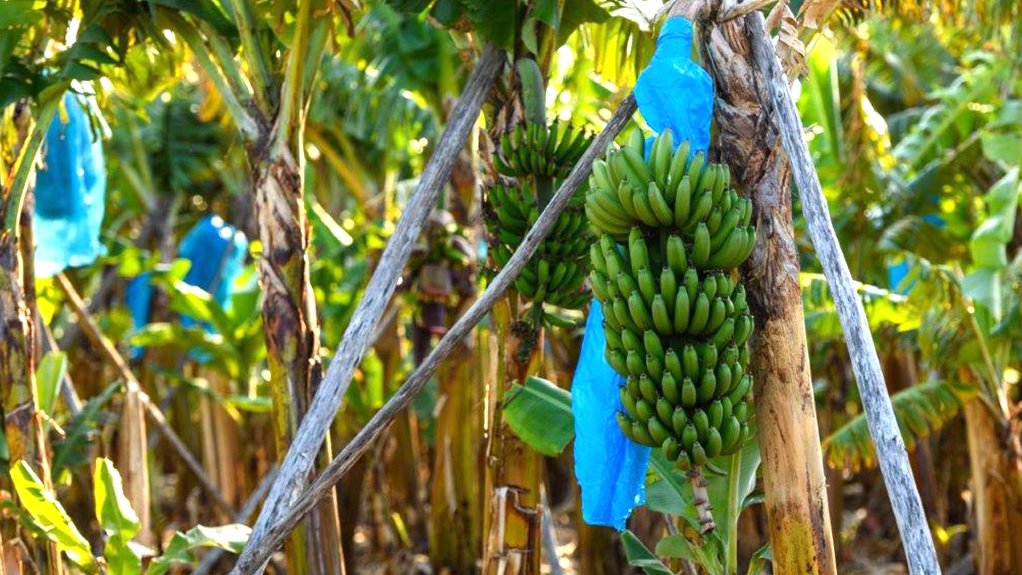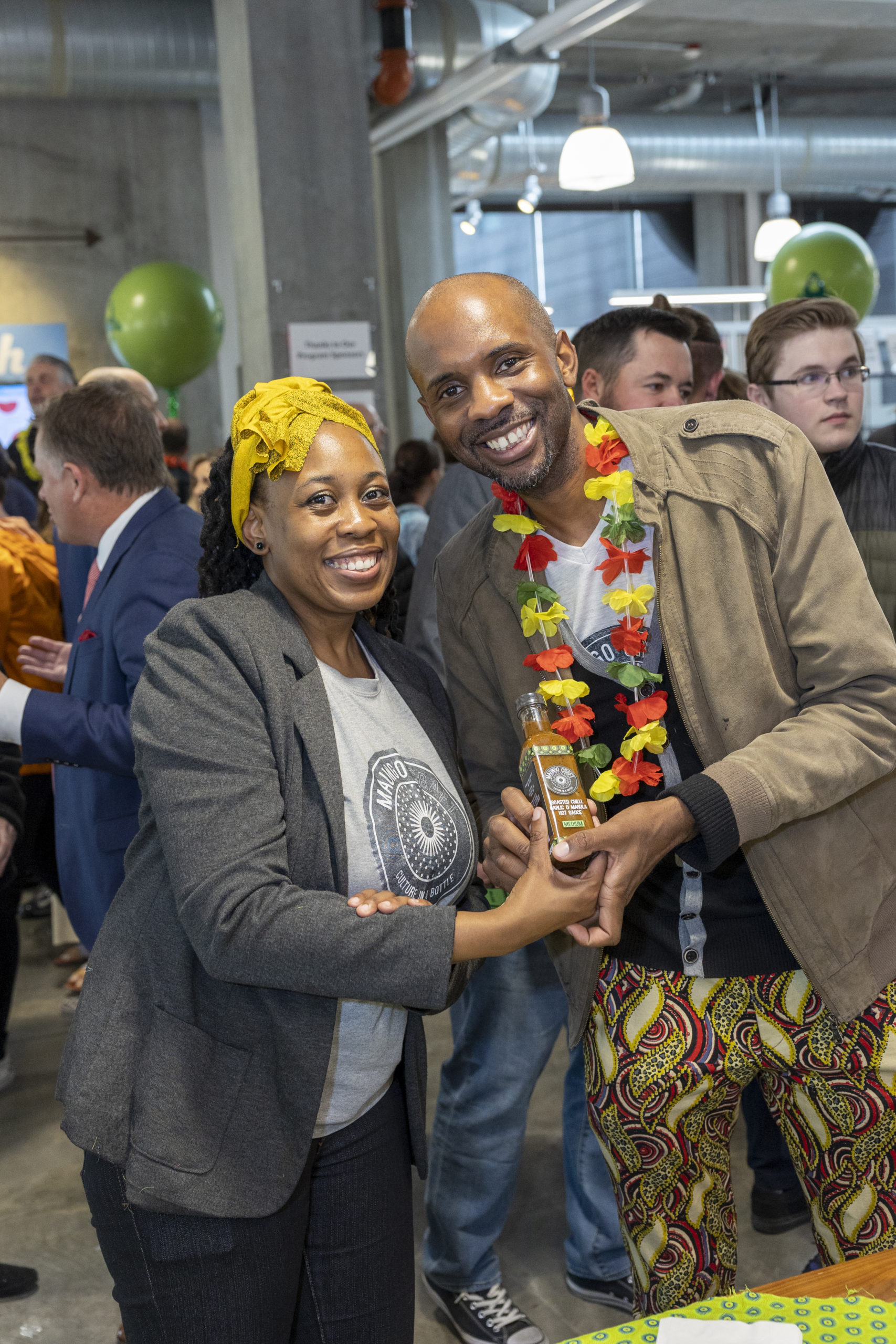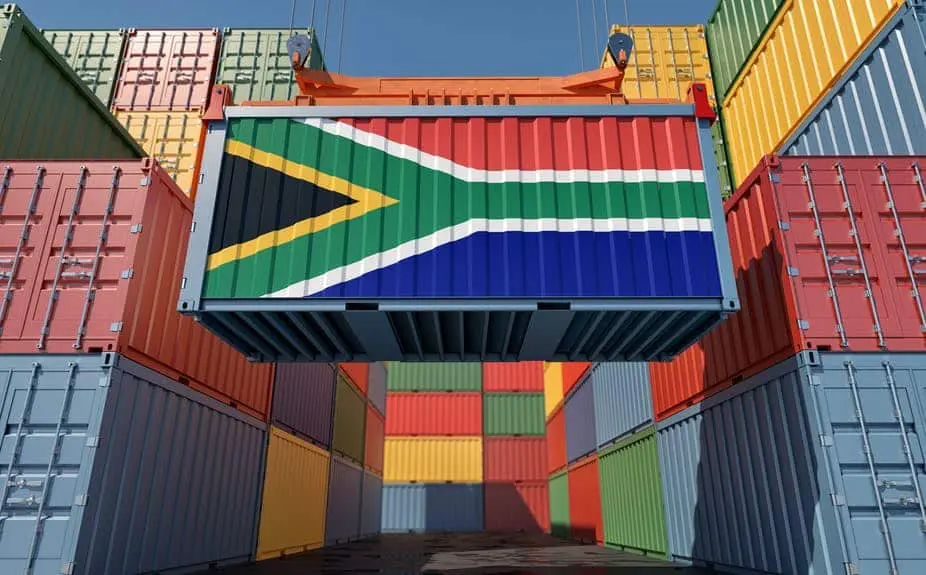For years, the KZN South Coast’s local farmers have taken advantage of the area’s nutrient-rich soil, steady rainfall pattern, and high duration of sunshine to grow and export quality bananas to domestic and international markets. While banana farming remains a strong investment option in this key sector, there is a definite shift to macadamia nut farming – with great investment opportunities emerging.
“Along the KZN South Coast, we enjoy a subtropical climate that creates a fertile environment that supports a variety of crops in the agricultural sector,” explained Phelisa Mangcu, CEO of South Coast Tourism and Investment Enterprise (SCTIE). “The area is already renowned for its banana production, and the growth of the macadamia nut sector is bringing with it job creation and investment opportunities, with the domestic and international export markets primed for these quality-grown products.”
According to the local publication Macadamia, research undertaken by the International Nut and Dried Fruit Council (INC) shows that between 2012 and 2022, global tree nut production grew at an average annual rate of about 229 221 tons year-on-year. The world market for macadamia nuts was valued at US$1.53 billion (around R28.7b) in 2022, boasting an annual compound growth rate (CAGR) of 11.2% until 2032.
The research suggests that while Australians have been the biggest consumers of the macadamia nut worldwide, shoppers in the United States bought the most imported macadamia nuts at 9 586 tons in 2020. Meanwhile, China imported 8 074 tons, with 8 099 tons imported to France, Germany, the Netherlands, and Belgium combined.
This demand has seen a number of South African farmers shift to macadamia nut farming, if not exclusively, then combined with other agricultural produce. On the KZN South Coast, James Miller, Chairman of Kwa Natal Banana company, said that demand patterns have certainly impacted the sector, which has seen him convert 50% of his farm to macadamias, keeping the remainder as a banana plantation.
The demand for KZN bananas has been impacted by competing countries – such as neighbouring Mozambique and Swaziland, which both grow bananas. The ongoing Russian-Ukraine war has also led to increased input costs with fertilizer prices doubling.
“Around 80% of banana farmers by volume on the KZN South Coast are members of the company. Most of these farmers have planted sections of their farm to macadamia nuts,” explained Miller. Macadamias have a very high international demand which makes them more profitable. Although banana farming is more labour-intensive, the skill set required for macadamias is much higher.
Miller, who has 22 years of industry experience, said that most of the bananas are sold outside the province, and almost all the macadamias are exported.
The Macadamia industry has had a marked effect on agriculture along the South Coast, prompting investment in companies that provide fertilizer, pesticides, equipment, security, and processing plants. And although the national markets are over-supplied, the demand for locally produced goods means that local retailers and restaurants on the KZN South Coast are considering local farmers.
The agricultural sector also boasts further investment opportunities in terms of agri-tourism ventures, with recreational and sports activities, as well as accommodation offerings supporting the growing tourism sector. Some great examples of businesses that are thriving through their agri-tourism offerings include Mac Banana in Munster, Beaver Creek Coffee Estate in Port Edward, Ubumbano Homestead in Scottburgh, BBS Farm in Southport, Mpenjati Coffee in Munster, and B’s Guesthouse in Harding.
SCTIE’s launch of the Agri-Culture Tours has supported this initiative, providing visitors with a real taste of the local farmlands through on-site tours and outdoor experiences. The backing of local farmers continues through the launch of SCTIE’s Buy Local campaign. This supports the inclusion of local businesses by developing platforms and business connections for SMMEs – such as those between crafters, farmers, and growers with retailers. The attributes of buying locally are also shared through ongoing marketing campaigns.
Source Article: Polity








